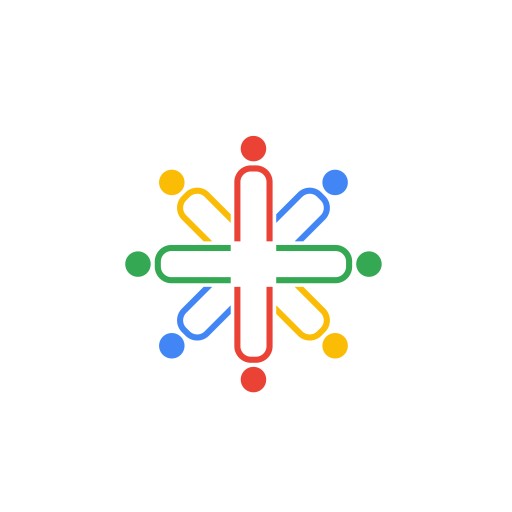“I love documenting patient encounters,”said no clinician ever.
Clinical documentation is a time-consuming source of frustration for physicians and nurses, yet a necessary evil for any hospital and health system that wants to keep its doors open and its lights on. Clinical documentation drives the billing process, maintains the details for diagnosis and procedure coding, and provides the required justification for reimbursement.
The whole “billing and getting-paid” stuff is obviously important, but what if we could transform the clinical documentation process to make it more valuable to the physician and the patient? In other words, why not “fix” clinical documentation so that it helps clinicians deliver better patient care?
Consider the typical clinical documentation process for a patient encounter. The doctor sees a patient who, for example, is complaining of an irregular heartbeat. The physician pulls up an arrhythmia template in the EHR and begins documenting the patient’s symptoms. Everything moves along smoothly until the patient mentions that he’s recently been having some pain in his right elbow. And, that his A1C levels have been a little elevated.
Suddenly the documentation process gets a lot more complicated as the physician hunts for template options to document the non arrhythmia-related ailments. After a couple of minutes searching unsuccessfully for the right disease templates, the doctor gives up and decides to dictate the rest of the note.
Because of the inefficiencies of most clinical documentation systems, physicians often resort to dictation. The transcription of dictated notes can be expensive and is prone to error. Furthermore, dictated data is stored in a non-structured format that is more difficult to access at the point of care. This means that physicians may overlook critical details hidden within free text, which in turn can impact the delivery of care. In addition, it’s difficult to analyze data in an unstructured format for quality reporting purposes or for any type of analytics.
Physicians and their patients deserve better. Here are my recommended “fixes” to give clinical documentation more clinical substance for the enhanced delivery of patient care.
Clinically-dynamic, patient-specific documentation
More physicians now have access to disease-specific templates, which give clinicians a great head start in the documentation process and help with the capture of structured data for larger quality improvement initiatives. However, because physicians treat whole patients and not a single disease, clinicians also need documentation tools that are patient-specific and clinically-dynamic.
With a clinically-dynamic documentation platform, physicians can easily pull in clinically relevant items without having to call up multiple templates. In the case of the patient complaining of an irregular heartbeat, a doctor can tap in a few keystrokes and quickly add new issues into the existing document. The documentation workflow is not disrupted and the clinician does not need to dictate any details or enter free text. Everything related to the patient, including the elbow pain and A1c concerns, are merged directly into the same note. Each element is logically linked to the relevant section within the note – the problem list or physical exam, for example – so that physicians can quickly access the precise details at any time.
Capturing patient-specific details for quality initiatives
You may never hear a physician say they love documenting patient encounters, but you may be able to convince them that it’s worth the effort if the finished product facilitates better patient care.
When clinical documentation can be leveraged to advance quality initiatives, physicians are less likely to view the charting process as a time-consuming task that turns doctors into overpaid members of the billing staff. With smarter clinical documentation tools, physicians can track more patient data in real time and capture critical information that feeds analytics systems and performance dashboards. Clinicians can then access population-level information or view specific clinical details in a longitudinal format and gain deeper insights into a patient’s medical status.
It’s time to usher in a new era with clinical documentation. With the right technology and a shift in mindset, we have the opportunity to transform clinical documentation so that it’s not just about coding and billing, but instead a vital tool that enhances the delivery of quality patient care.

Recent Comments